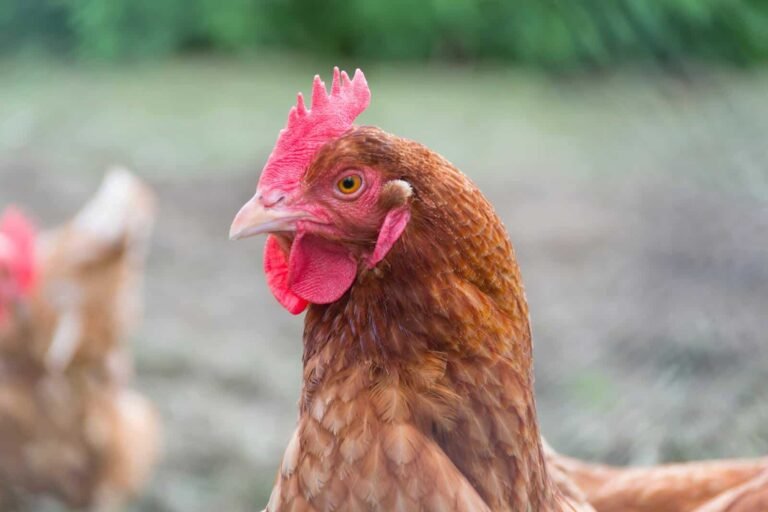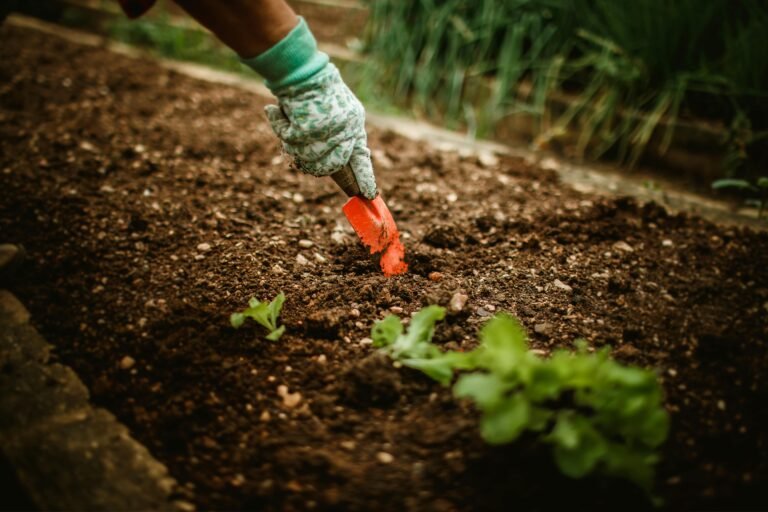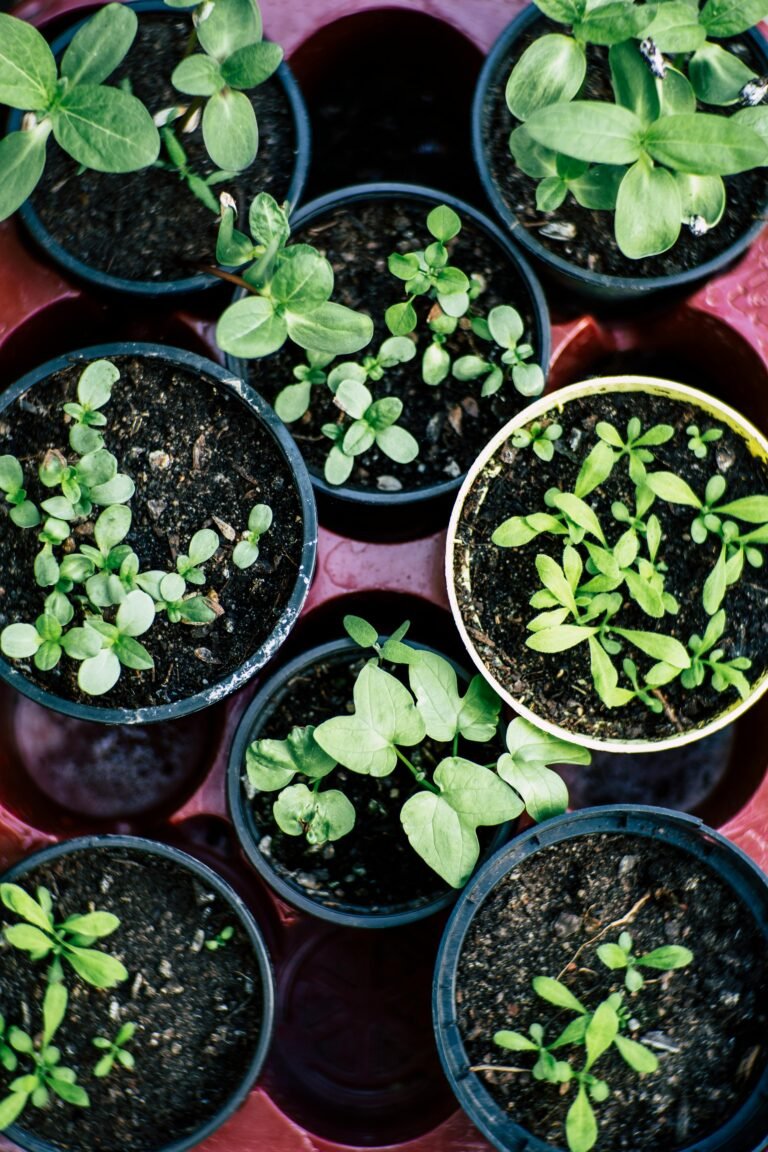Fresh Herbs on Your Windowsill: A Guide to Indoor Herb Gardening for Apartment Dwellers
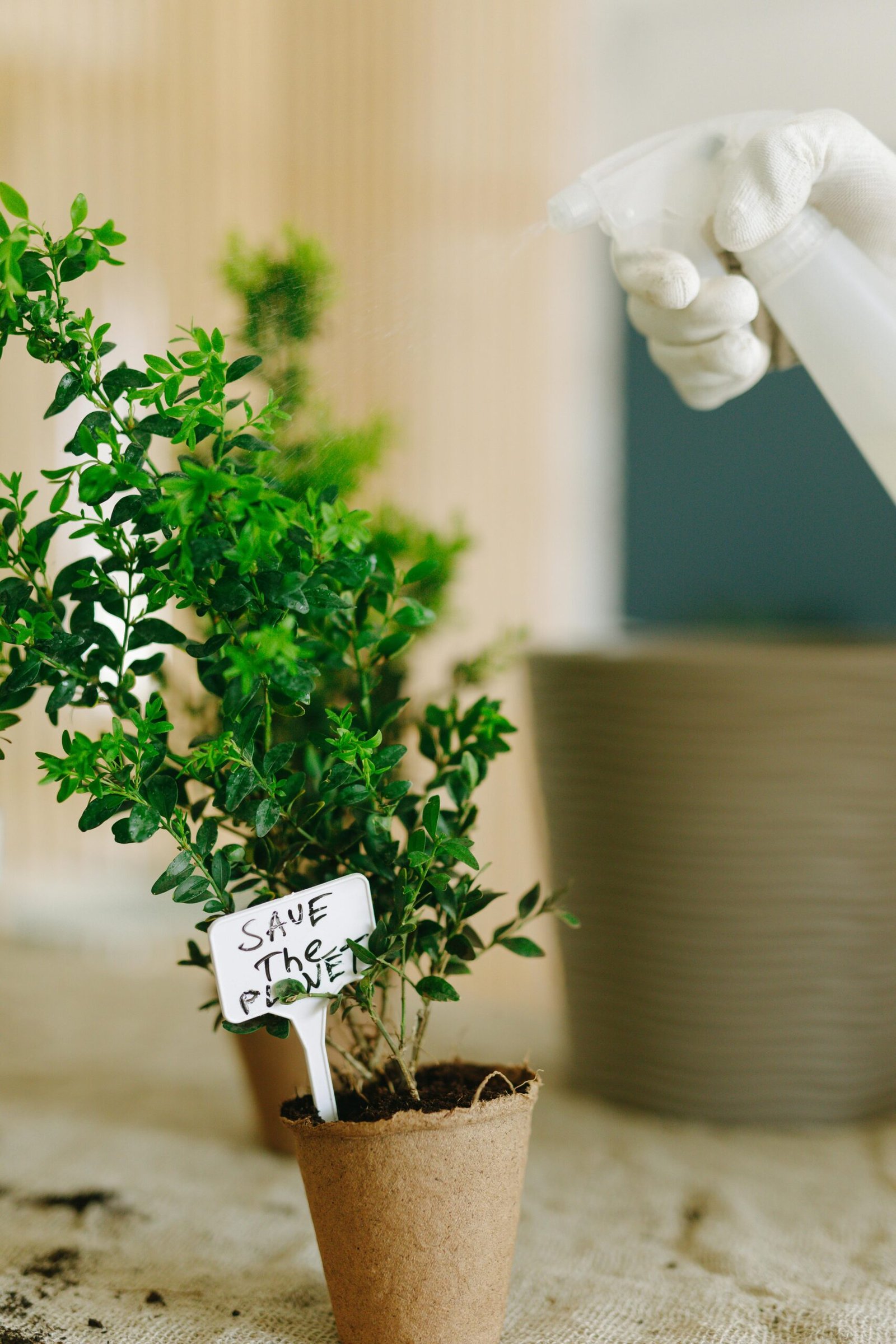
Craving fresh herbs for your meals but limited on space? Indoor herb gardens are your solution! Forget sprawling plots; vertical planters and tiered shelves bring a touch of green to even the most compact kitchen. Snip fresh basil for pasta or rosemary for chicken without ever leaving your apartment. Enjoy the convenience of having ingredients at your fingertips, the invigorating aroma of homegrown herbs, and the therapeutic act of nurturing life—all while transforming your cooking and creating a delicious escape in your own apartment.
This guide will equip you with everything you need to cultivate a thriving indoor herb garden, even with limited space and lighting.
This article may contain affiliate links to trusted partners, which help run this site at no extra cost to you.
1. Selecting the Perfect Herbs for Your Indoor Oasis
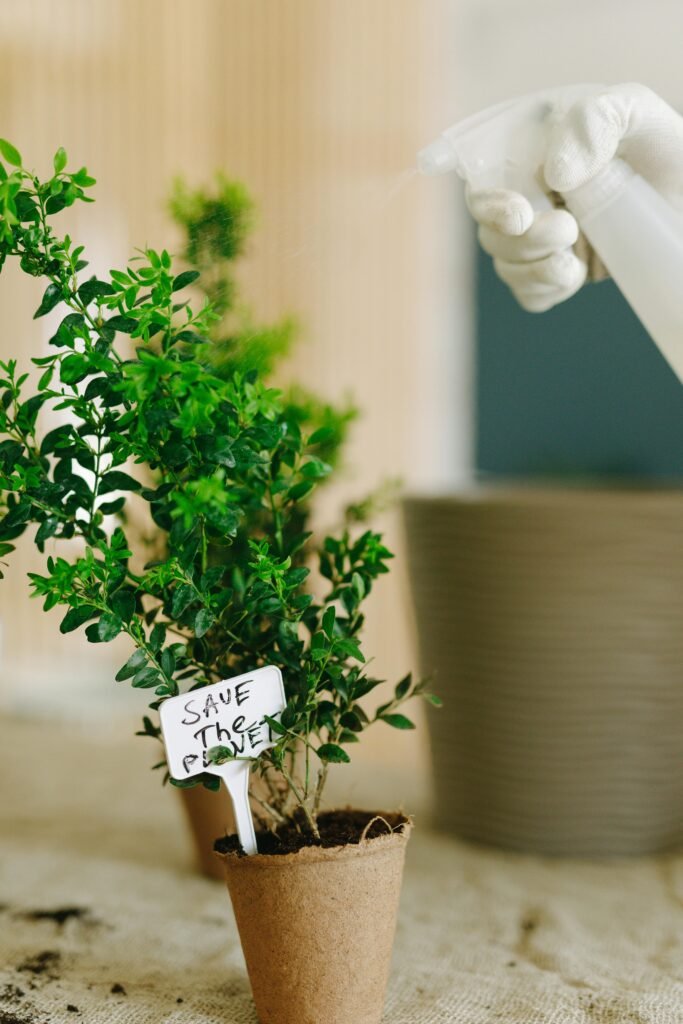
Not all herbs are created equal for indoor environments. Here are some superstars that thrive under gentle care:
1. Basil: The king of pesto brings a delightful peppery kick to your dishes. Basil is a sun-loving annual, so give it the brightest windowsill and keep the soil evenly moist, but not soggy.
Tip: Pinch off flower buds regularly to encourage bushier growth throughout the season.
2. Parsley: This versatile herb adds a fresh, grassy flavor to soups, salads, and pasta. Parsley is a forgiving herb that can tolerate lower light conditions. However, it won’t be as bushy as its sun-drenched counterparts.
Tip: Parsley is best suited for frequent harvesting, so don’t be shy about snipping generously! It will grow back quickly.
3. Mint: A refreshing addition to beverages and desserts, mint is a fast grower, so keep it in a pot by itself. Mint is invasive! Its enthusiastic root system can take over other herbs if planted too close. Consider a pot dedicated solely to this refreshing herb.
Tip: Mint thrives in moist soil and can even tolerate slightly damp conditions. However, avoid letting it sit in water.
4. Chives: Snip these bright green spears for a mild oniony flavor in omelets, dips, and potatoes. Chives are cold-tolerant and can even handle a light frost, making them a great option for windowsills that get a bit chilly.
Tip: Chives are slow to establish but multiply quickly once settled. Feel free to harvest throughout the season, and they’ll keep producing through most winters.
5. Thyme: Tiny but mighty, thyme adds a subtle peppery note to meats, stews, and roasted vegetables. Woody and slow-growing, thyme thrives in drier soil and prefers lots of sunshine.
Tip: Thyme is a light feeder. Avoid overfertilizing, which can result in leggy growth.
6. Oregano: This robust herb is essential for Italian dishes, sauces, and pizzas. Oregano is a sun-worshipper, so locate it in your brightest window. While it tolerates some dryness, avoid letting the soil completely dry out.
Tip: Oregano benefits from regular pruning throughout the growing season. This will keep the plant bushy and encourage new growth.
7. Rosemary: With its woody, piney aroma, rosemary elevates roasted chicken, potatoes, and focaccia bread. Rosemary is a small shrub with a woody stem that can live for years indoors. It needs excellent drainage and prefers infrequent watering.
Tip: Rosemary appreciates a well-draining potting mix and terracotta pots, which help prevent root rot from overwatering.
2. Creating the Ideal Indoor Environment for Your Herbs

Light is essential for healthy herb growth. Ideally, your herbs need at least 6 hours of indirect sunlight daily.
- South-facing windows offer the most sunshine, while east and west windows provide good morning or afternoon light, respectively.
- No south-facing window? No problem! Invest in grow lights, which mimic natural sunlight and can be positioned anywhere.
Temperature also plays a role. Most herbs prefer a comfortable room temperature between 65°F and 75°F (18°C and 24°C). Avoid placing them near drafts or heat vents.
Moisture is key, but avoid overwatering! Let the top inch of soil dry out before watering again. Drainage holes in your pots are essential to prevent root rot.
3. Conquering Space and Light Challenges in Your Apartment

Limited space? Think vertical! Utilize wall space with hanging planters, tiered shelves, or vertical herb gardens.
Light limitations? Grow lights come to the rescue! Invest in full-spectrum LED grow lights to supplement natural light. They come in various configurations suitable for your space, from clip-on lights for small areas to overhead bars for larger setups.
4. Herb Gardening Maintenance: Simple Steps for Success
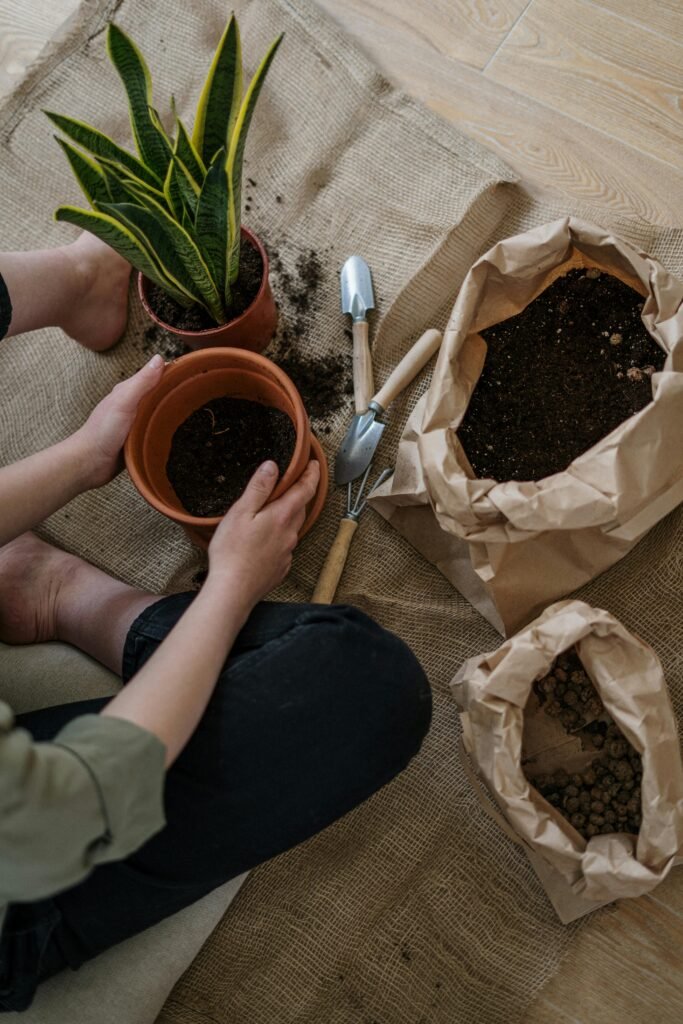
- Regularly harvest your herbs! This encourages bushier growth and promotes new leaf production. Aim to snip no more than ⅓ of the plant at a time.
- Turn your pots occasionally to ensure even growth on all sides as they reach for the light.
- Feed your herbs with a balanced fertilizer once a month during the growing season (spring and summer) to replenish nutrients.
- Be mindful of pests and diseases. Inspect your herbs regularly. Neem oil spray is a natural solution for common problems like aphids or mealybugs.
Now that you’ve glimpsed the delicious possibilities blooming on your windowsill, are you ready to get your hands dirty (well, not that dirty!) and create your own indoor herb haven? Here’s the exciting part: this is just the beginning! With a little experimentation, you can discover a whole world of culinary delights right at your fingertips. Maybe you’ll find yourself brewing a pot of thyme-infused tea for a relaxing evening, or perhaps you’ll surprise your guests with rosemary-infused focaccia bread—the options are endless!
Let’s turn our city apartments into havens of fresh flavor and fragrant comfort, one herb snip at a time!

